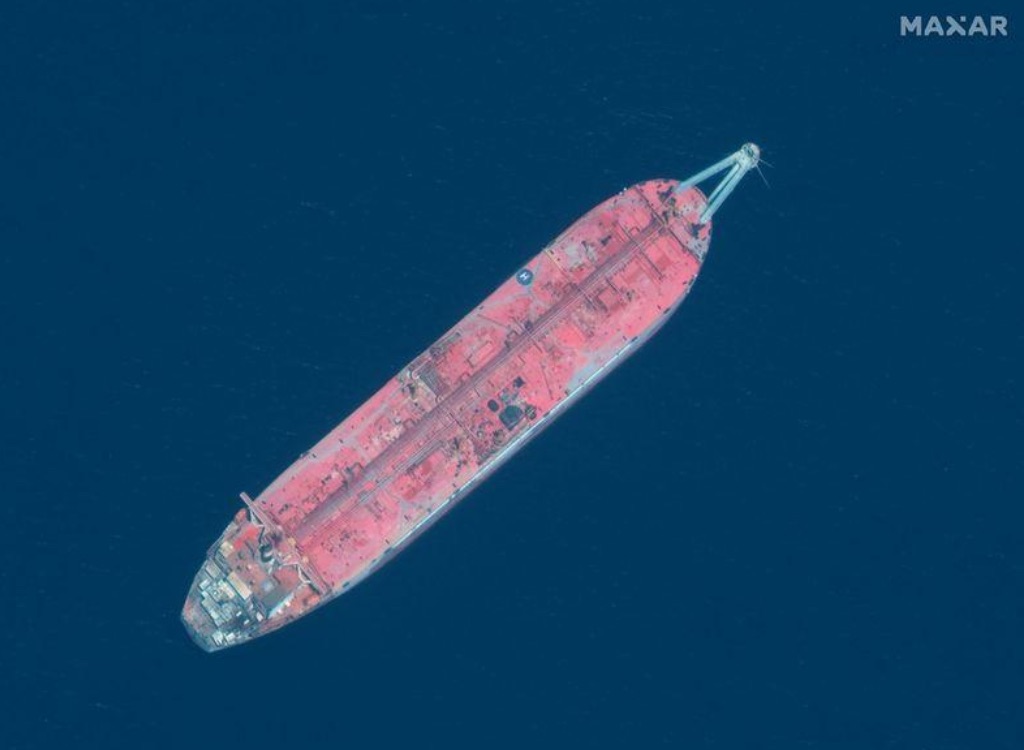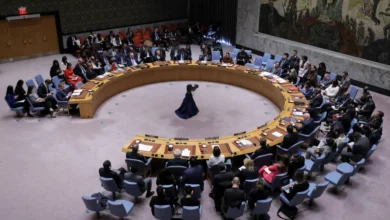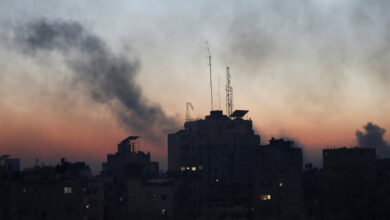
NEW YORK (Reuters) — If action is not taken to deal with a deteriorating oil tanker stranded off the coast of war-torn Yemen there is a risk it could spill four times as much oil as the 1989 Exxon Valdez disaster near Alaska, the United Nations warned on Wednesday.
The Safer tanker is carrying 1.1 million barrels of crude oil and has been stranded off Yemen’s Red Sea oil terminal of Ras Issa for more than five years. On May 27 water began leaking into the engine room, threatening to destabilize it, UN aid chief Mark Lowcock told a Security Council meeting on the issue.
While divers from the Safer Corporation were able to fix the leak, Lowcock — who has mentioned the plight of the tanker during monthly council briefings on Yemen for more than a year — warned that “it is impossible to say how long it might hold.”
“The Safer is carrying 1.1 million barrels of oil. That’s about four times as much oil as was discharged in the Exxon Valdez disaster – a spill the world still talks about thirty years later,” Lowcock said.
In a statement after the briefing, the 15-member Security Council “expressed deep alarm at the growing risk that the Safer oil tanker could rupture or explode, causing an environmental, economic, and humanitarian catastrophe for Yemen and its neighbors.”
Last week Houthi officials said they would agree to allow a UN mission to conduct a technical assessment and whatever initial repairs might be feasible on the tanker. But Lowcock said similar assurances were given in August 2019 and then the Houthis cancelled the mission one day before departure.
“The UN team can deploy within three weeks of receiving all the necessary permits,” he said, adding that experts say eventually “extracting the oil is probably the only way to remove the threat of a spill from the 44-year-old tanker for good.”
The Security Council called on the Houthis to facilitate unconditional UN access to the tanker as soon as possible.
Yemen has been mired in conflict since the Iran-allied Houthi group ousted the government from the capital Sanaa in 2014. A Saudi-led military coalition in 2015 intervened in a bid to restore the government.
Lowcock said both Yemen’s government and the Houthis first requested UN help with the tanker in March 2018, but then a Saudi-coalition backed offensive in the area for much of 2018 made it too dangerous to visit the site.
Then while the Houthis previously agreed to the visit they imposed preconditions and linked it with other issues, he said.
“The risk from the Safer is by no means strictly environmental, dreadful though the environmental impact would be. It is also a direct and severe threat to the well-being – and potentially the survival – of millions of Yemenis,” Lowcock said.
___
By Michelle Nichols
Reporting by Michelle Nichols; Editing by Tom Brown
Image: A handout satellite image released July 15, 2020 shows a close up view of FSO Safer oil tanker anchored off the marine terminal of Ras Isa, Yemen June 17, 2020. (Satellite image ©2020 Maxar Technologies via REUTERS)




